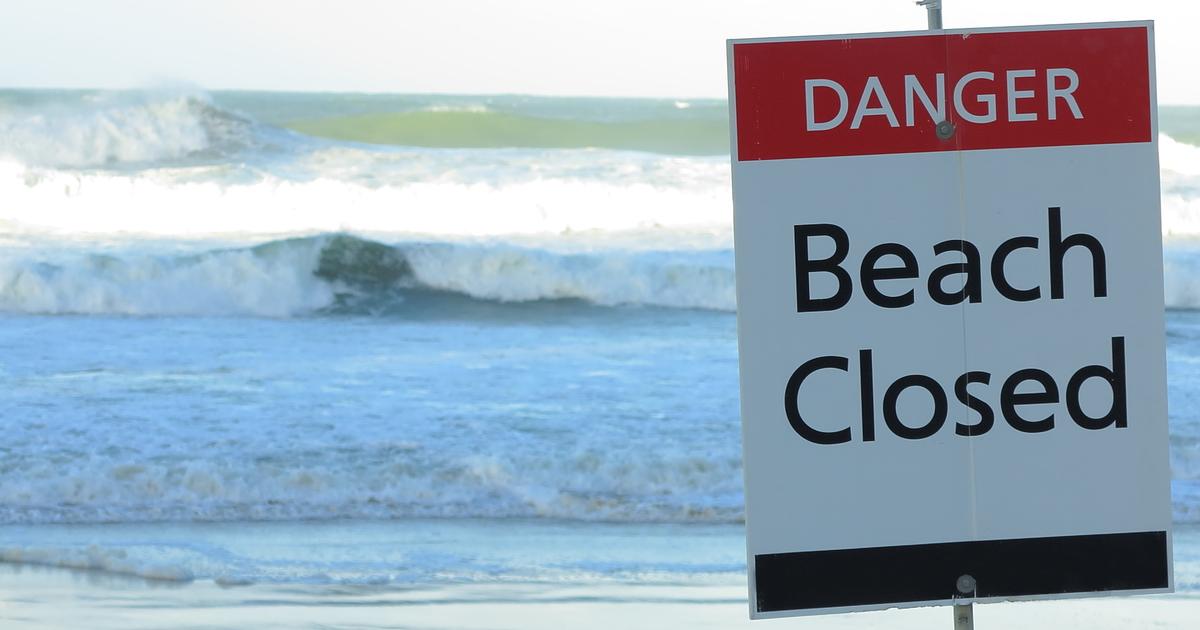Treatment And Prevention Of Harmful Algal Bloom Illnesses
Stay Out Of Infected Water
Harmful algal blooms are prominent during certain times of the year. They thrive in warm weather, often appearing around the months of mid-June to September. Some states, like Florida and Ohio, are battling the severe effects of harmful algal blooms. Look for signs on the beach before swimming. Stay out of infected water when there is a high harmful algal bloom warning announced. If there are no signs or advisories posted, check the water quality before going into the water. If you see foam, mats, scum, or discoloration on the water's surface, stay away from the water. When in doubt of the water's safety, just stay out of it.
Continue to learn more about preventing harmful algal bloom illnesses.
Don't Drink Untreated Water

For added safety measures, do not drink the water even if it's been treated during a harmful algal bloom outbreak. As a general rule of thumb, it is best to avoid drinking all untreated water. Besides worrying about the possible threat of harmful algal bloom containment, there could be other types of bacteria, parasites, and viruses present as well. The toxin found in harmful algal blooms is called cyanobacteria. Cyanobacteria is a huge problem for water companies that rely on surface water to service their customers. This toxin corrupts the drinking water treatment and is a very costly problem to fix. The EPA is working on enforcing new rules and regulations to better defend the individuals from the toxins caused by harmful algal blooms.
Discover more ways to prevent harmful algal bloom illnesses.
